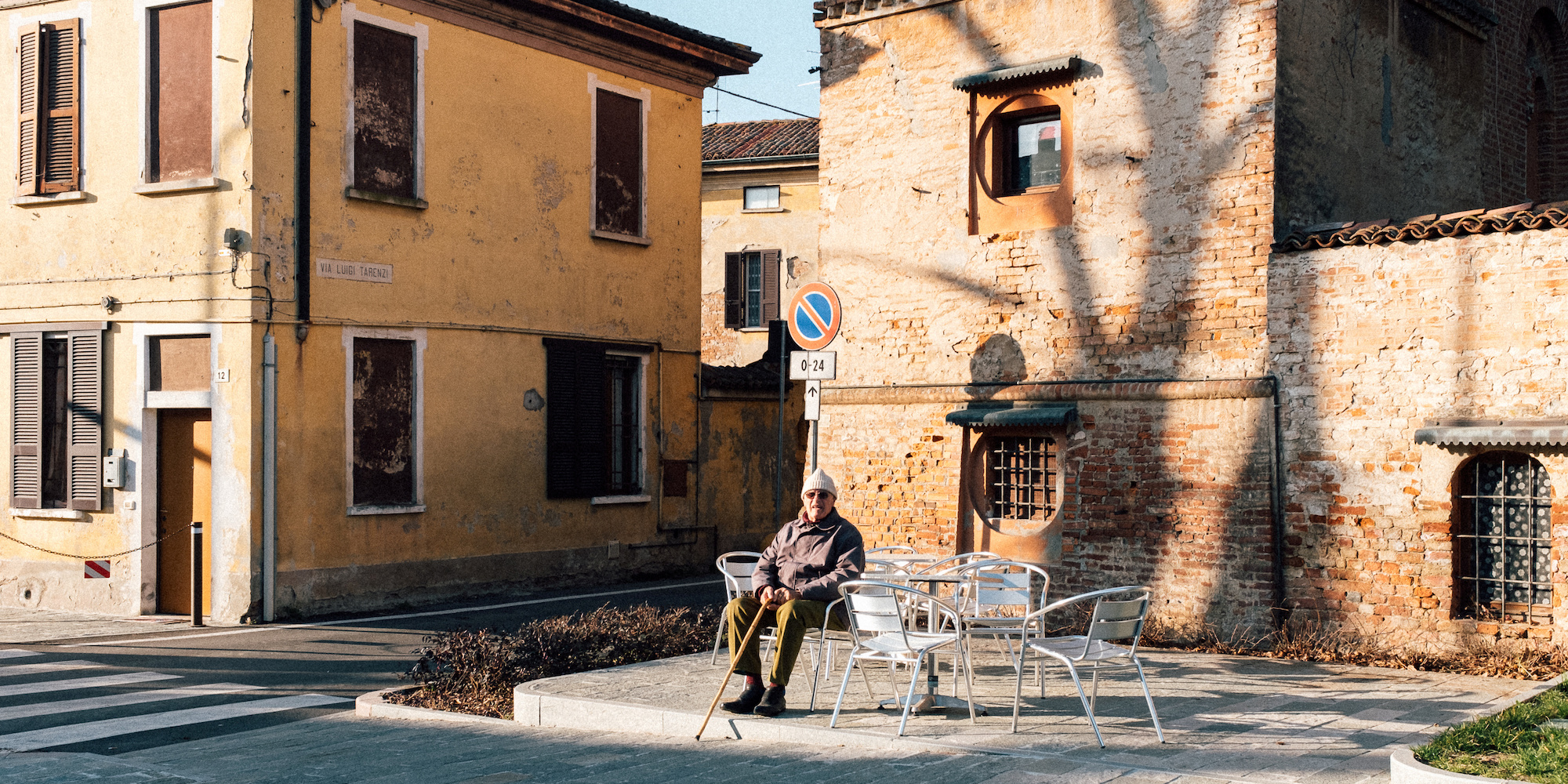- Italy has rapidly become Europe’s hot spot for the coronavirus. As of Wednesday, there were 322 confirmed cases, and 12 people had died from it.
- The government put 11 towns in Northern Italy on lockdown to try and stop the coronavirus from spreading.
- San Fiorano is one of those towns. One local teacher named Marzio Toniolo documented what life is like in the lockdown for Reuters.
- Visit Business Insider’s homepage for more stories.
In San Fiorano, a small town in Northern Italy, four generations of the same family are taking their temperatures and watching the news, waiting for word about the coronavirus.
Their town, along with 10 others, is on lockdown for at least two weeks. Military police stand guard at the exits. No one is allowed in or out unless they have a special permission. Anyone who tries to leave could face up to three months in prison, according to Reuters.
Italy has become a hot spot for the coronavirus. On Friday there were only three confirmed cases. By Wednesday, 12 people had died from it, and there were 322 confirmed cases. The lockdown is meant to try and stop the coronavirus from spreading further.
Marzio Toniolo, a local primary school teacher, documented for Reuters what it’s like inside San Fiorano, where Mass is canceled and bars are closed. Along with counting down the days, monitoring temperatures, and stockpiling food, he said it has been difficult for some to comprehend what’s happening.
He described to Reuters the difficulty of explaining to his elderly grandfather why the bar was closed. In the end, he gave up and called the coronavirus "the Spanish flu," since it was a common term used as a catch-all to describe past pandemics.
Here's what life looks like in San Fiorano, Italy, under coronavirus lockdown.
In Italy, where three confirmed coronavirus cases on Friday leaped to more than 370 cases by Wednesday, the government is trying to stop the coronavirus from spreading. Cities like Milan and Venice have emptied out.

Source: Business Insider
In Northern Italy, 11 towns with about 50,000 people are now on lockdown in what's effectively a quarantine.
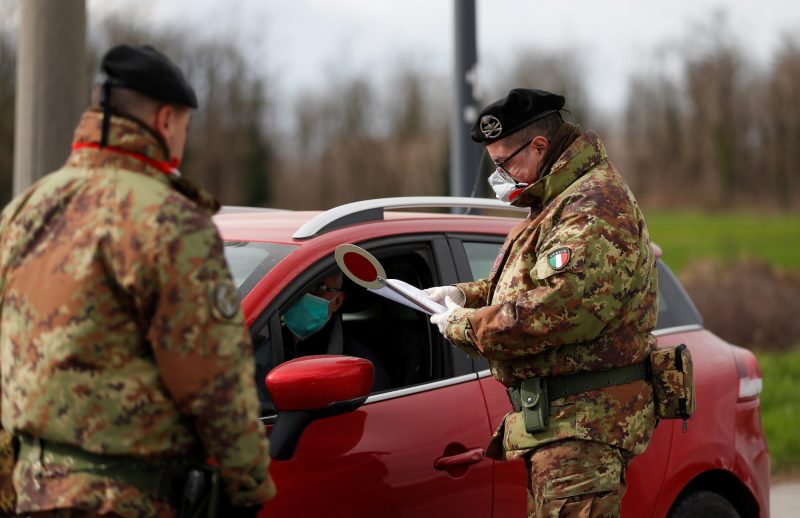
Sources: Business Insider, Reuters
San Fiorano, a small town 44 miles from Milan, is one of the 11 towns now cut off from the world. It's in Lombardy, which along with Veneto, is one of the worst-hit regions in Italy.

Sources: Business Insider, Reuters
This road into town looks empty, but far in the distance, military police are standing guard. Anyone who attempts to leave without permission could go to prison for three months or be fined about $223.

Source: Reuters
Getting in or out requires special permission, but one local teacher named Marzio Toniolo is already on the inside, since he lives there. He documented what life is like under lockdown for Reuters.

Source: Reuters
It's not just Toniolo who's affected. He lives with his wife, Chiara Zuddas, and his two-year-old daughter Bianca.
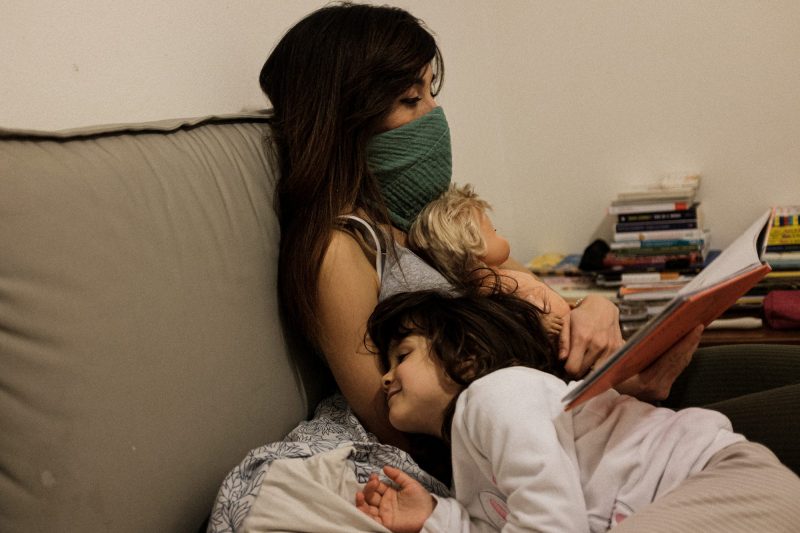
His grandparents are there too — Gino Verani, 87, and Ines Prandini, 85.
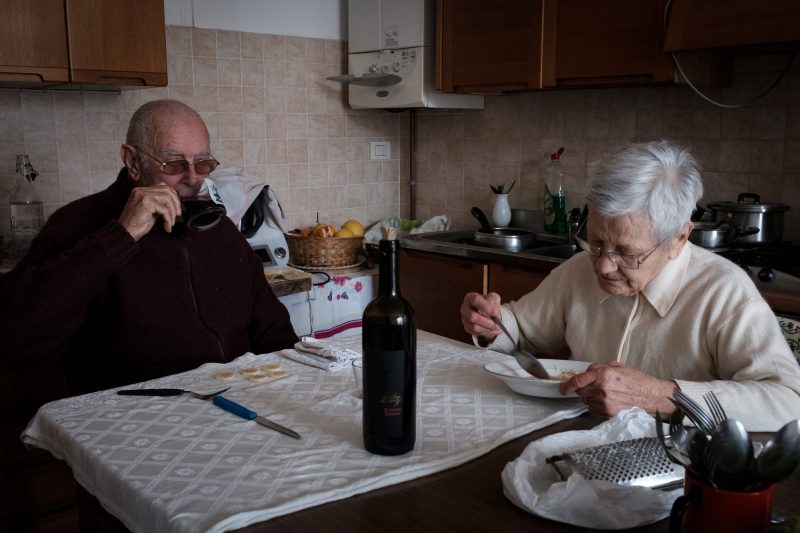
His father, Massimo Toniolo, 61, also lives in town, meaning four generations of one family are affected.
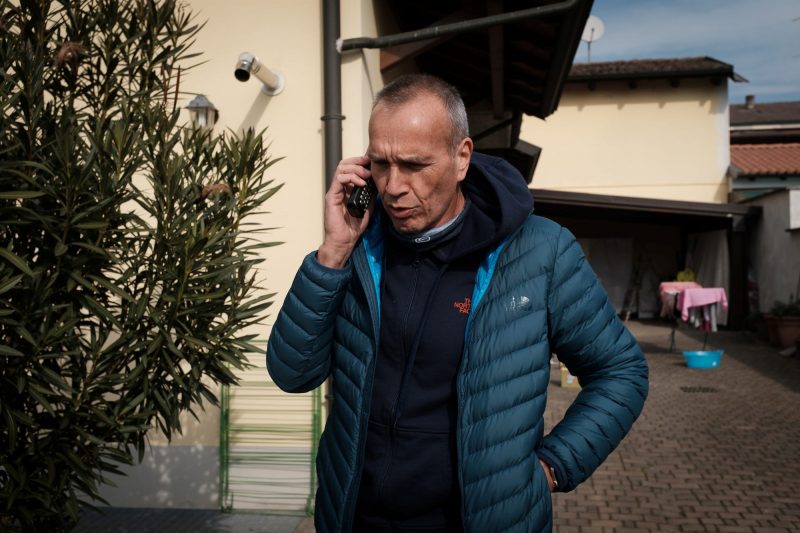
The quarantine will go on for at least two weeks, and Toniolo's family is counting down the days until it is over. Here, Zuddas marks off "day three."
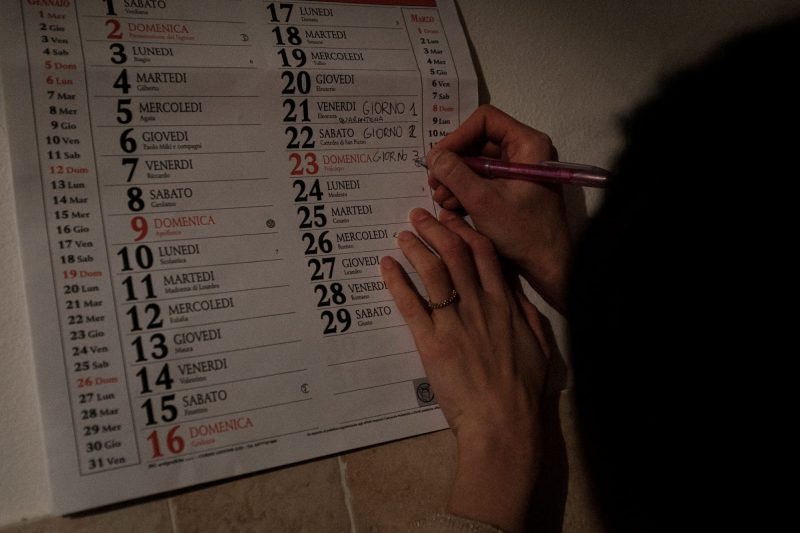
Source: Reuters
They're regularly checking their temperatures and monitoring their health.

Source: Reuters
For the elderly, it's not easy to comprehend. Toniolo told Reuters it was difficult to explain to his grandfather why the local bar was closed.

Source: Reuters
In the end he said, "We told my grandpa 100 times that the bar is not open because of the Spanish flu, to make him understand." This is because other pandemics over the years have been colloquially referred to as the Spanish flu.
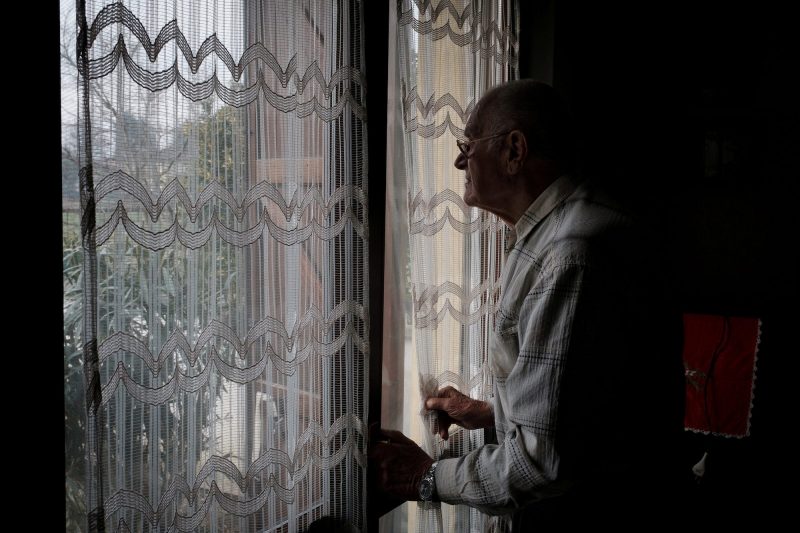
Source: Reuters
Inside the town, restrictions aren't too intense. People can go outside as they please. They can take dogs for walks, go for bikes ride, or just get some fresh air.
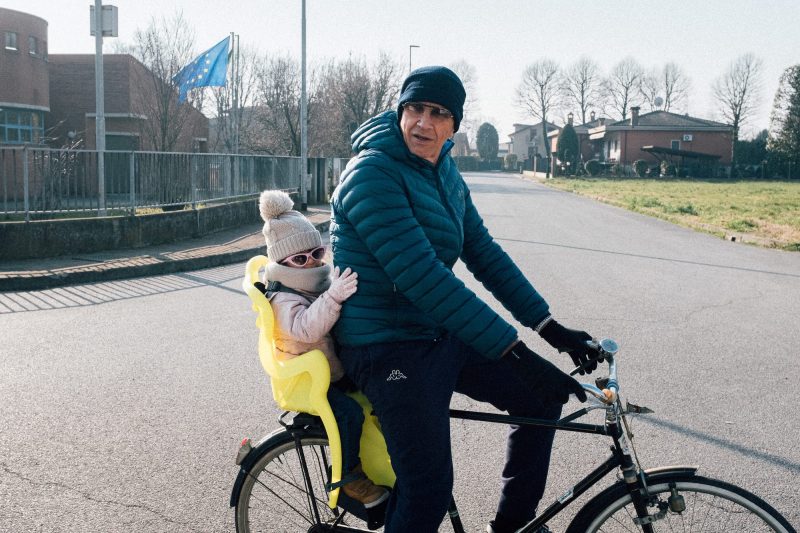
Source: Reuters
But they've been warned against too much contact with others.
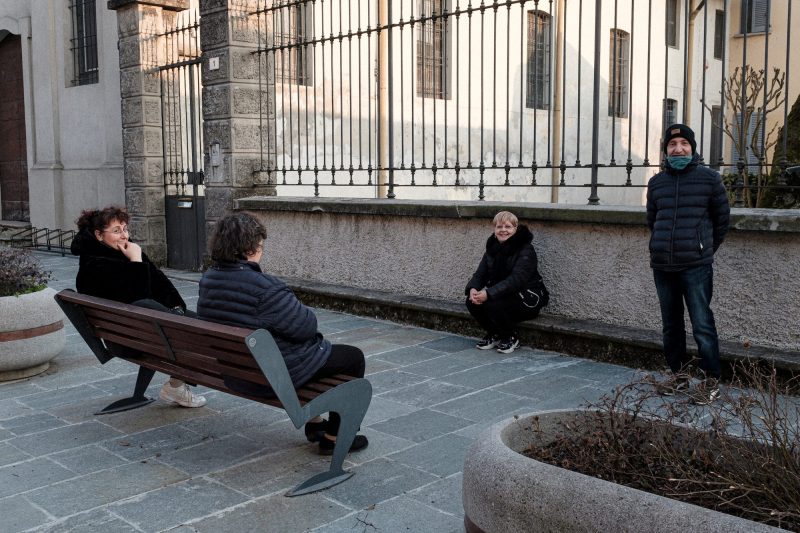
Source: Reuters
Traffic is light. This single ambulance drove down an empty street.

The streets look entirely empty at night.
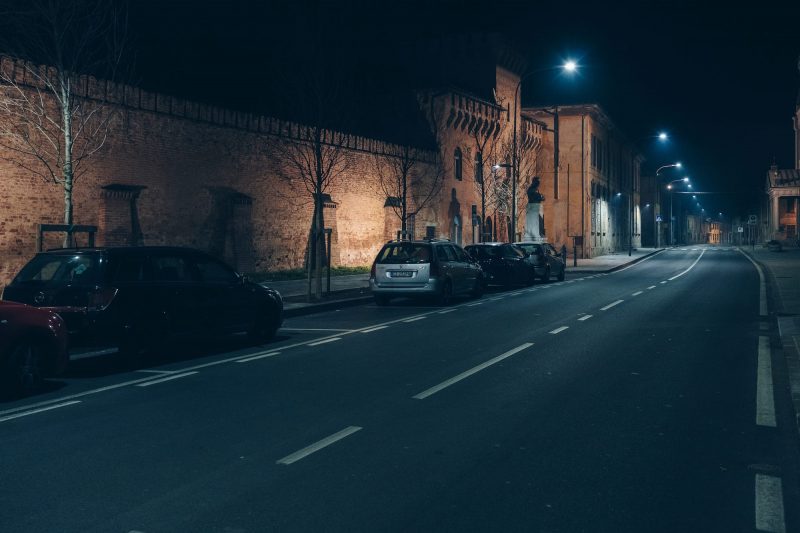
Posters have been put up around town to inform the residents that Mass is canceled. The town's cemetery is closed too.

Public buildings are also closed. Here, three masked boys sit in front of a poster explaining the closure. They don't appear to have much to do.
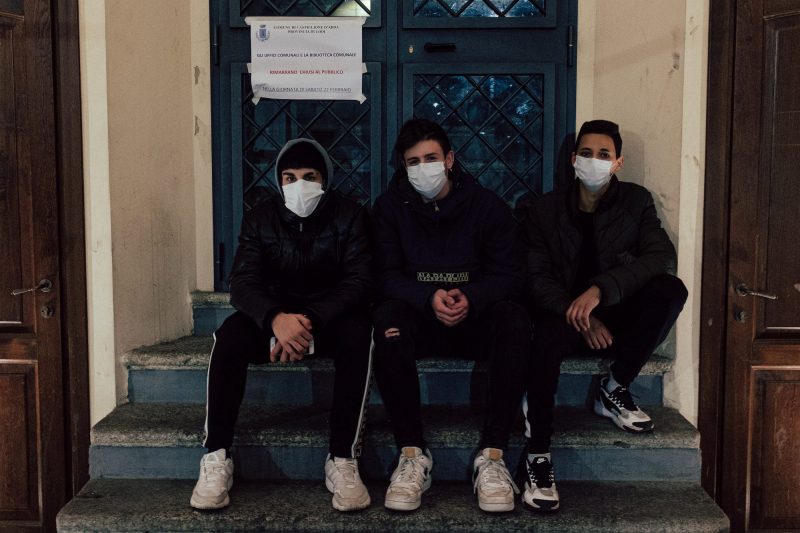
Others made the most of the lockdown by playing basketball. But later there might not be any basketball. Zuddas, who is also a teacher, told Reuters she planned on holding an English exam with her students next week via WhatsApp.

Source: Reuters
The pharmacy is still open. To ensure people had access to medication, the mayor paid for this chemist's accommodation. She stayed in town to help instead of traveling with her family to Brescia, Italy.

Source: Reuters
But the shelves are empty in at least one shop in San Fiorano.
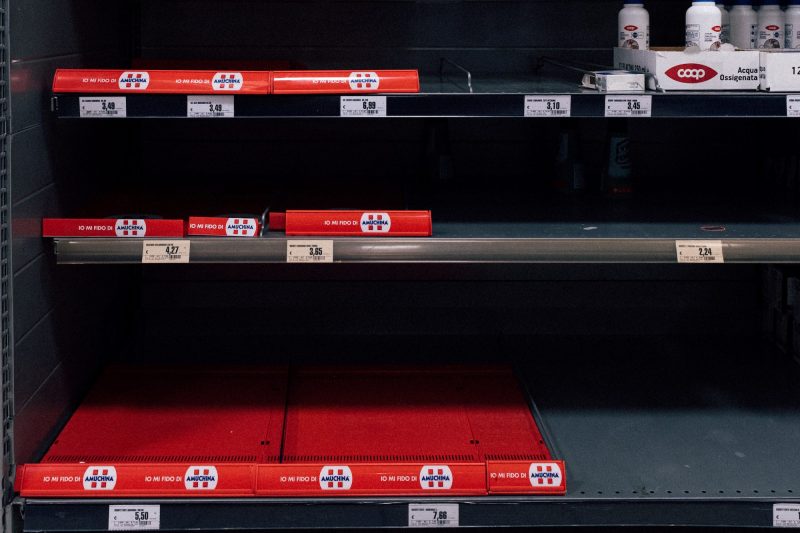
Source: Reuters
That's because residents have stocked up. The Toniolo family told Reuters they spent about $325 on groceries to keep them fed.

Source: Reuters
They're also paying close attention to what's going on outside San Fiorano. The Toniolo family's generational difference can be seen in the way they consume news. Here, Marzio reads the latest update on his phone.
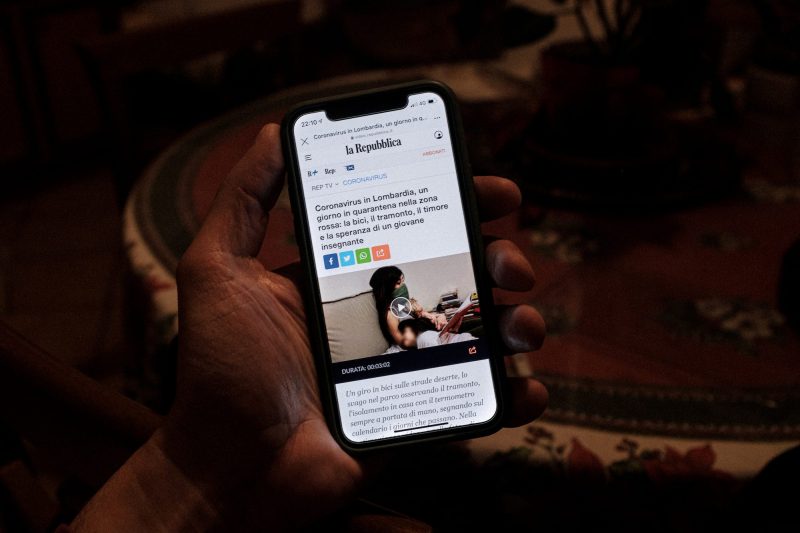
Source: Reuters
Toniolo told Reuters they were monitoring 24-hour news stations to keep up to date.
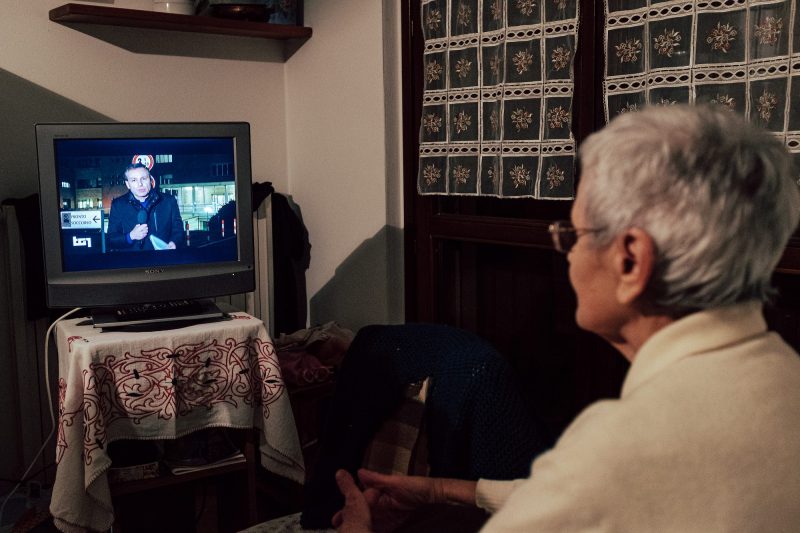
Source: Reuters
In the evening, Bianca and Zuddas can still play outside.
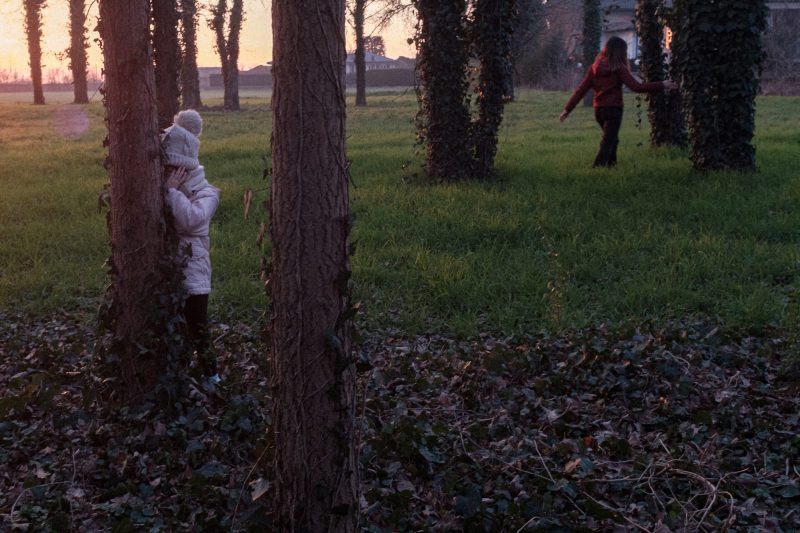
Source: Reuters
Here, they watch the sunset together in an empty park. If nothing else, it means they can at least cross another day off the calendar.

Source: Reuters

